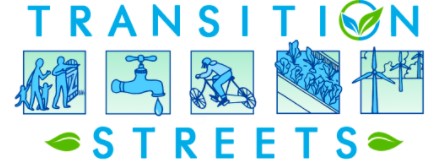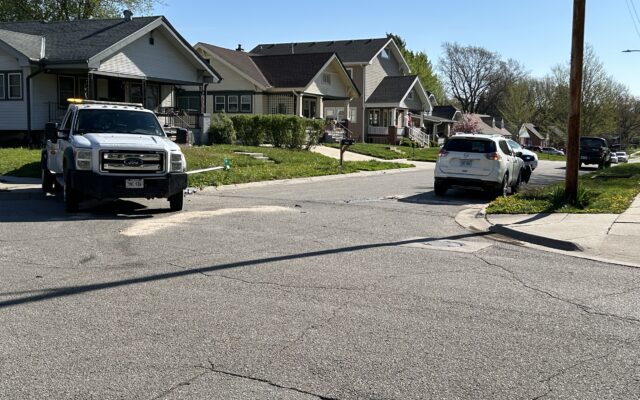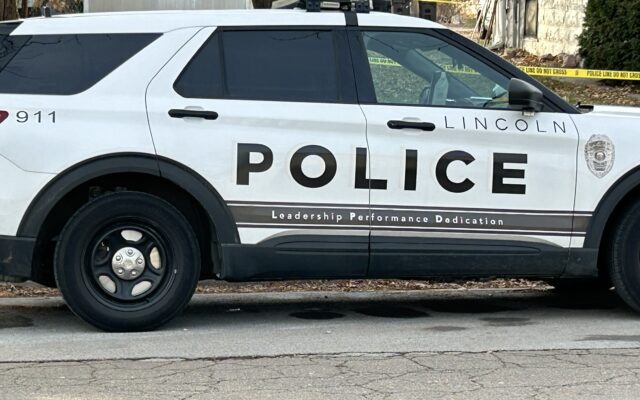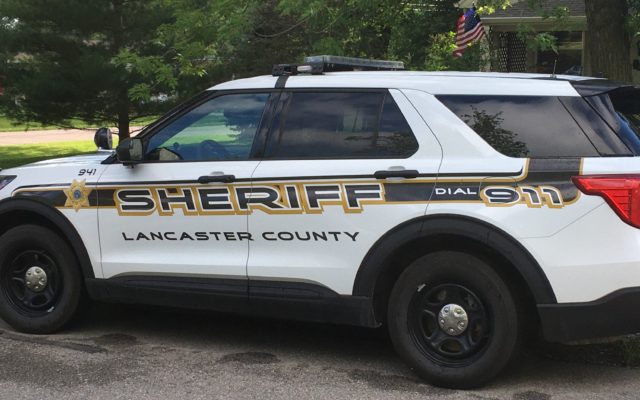Prescott Neighborhood Seeks To Save Energy One Home At A Time

(KFOR NEWS March 15, 2021) Adapting the common phrase “Charity begins at home,” folks in the Prescott Neighborhood on Lincoln’s south side are seeking ways to save energy one home at a time.
Beginning March 24, people in the neighborhood, which stretches from Sheridan Boulevard to Highway 2 between 40th and the Rock Island Trail, will meet every other week to discuss and plan ways they can monitor and effectively reduce energy consumption in their homes.
“We’re planning to follow the steps which are outlined on the Transition Streets website (https://transitionstreets.org/#) to explore how we can save energy, reduce water usage, eat locally grown food, better manage our household waste and be more efficient with or transportation,” noted volunteer leader Randy Bretz. “I learned about Transition Streets from some friends at Village in the City in England and was so impressed with the simple steps suggested that I thought I’d try them here.”
Transition Streets was conceived and piloted in the UK as part of the global Transition Towns Movement. Within that first year nearly 500 households participated in the project, each saving an average of 1.3 tons of CO2 and $938 on their bills annually. This community response to climate change, resource depletion, and economic instability, Transition began in the UK in 2005 and has since spread to more than 1200 communities and 44 countries around the world. It hopped the Atlantic and got a start in the United States just five years ago.
“We’d welcome folks from other parts of town,” noted Bretz. We’re meeting on Zoom every other Wednesday evening. Anyone wanting to participate can drop me an email ([email protected]) and I’ll add them to the Zoom invitation.” The program is based around 7 group sessions. The first and final sessions start and close the work, and the other five cover areas of our lifestyle where we can easily reduce energy use and save money. Those participating will get a free digital copy of the project guide that gives them step-by-step suggestions that each household can take.
It is estimated that each household that follows the suggestions can save up to 2,600 pounds of carbon dioxide, and an estimated $900 in savings. The program has involved communities scattered across the United States from Missoula, Montana to Charlottesvile, Virgina. The first session focuses on energy and includes a look at how each home uses electricity, natural gas and oil. As participants monitor their use, they’re guided to find ways to conserve. Some studies suggest that people who monitor energy use typically see reductions of 5-10% per year. Similar steps also cover the other four areas including water, food, waste and transportation.
The first meeting is Wednesday, March 24 at 8 pm. Send an email indicating your interest and receive a Zoom invitation in reply.
READ MORE:






